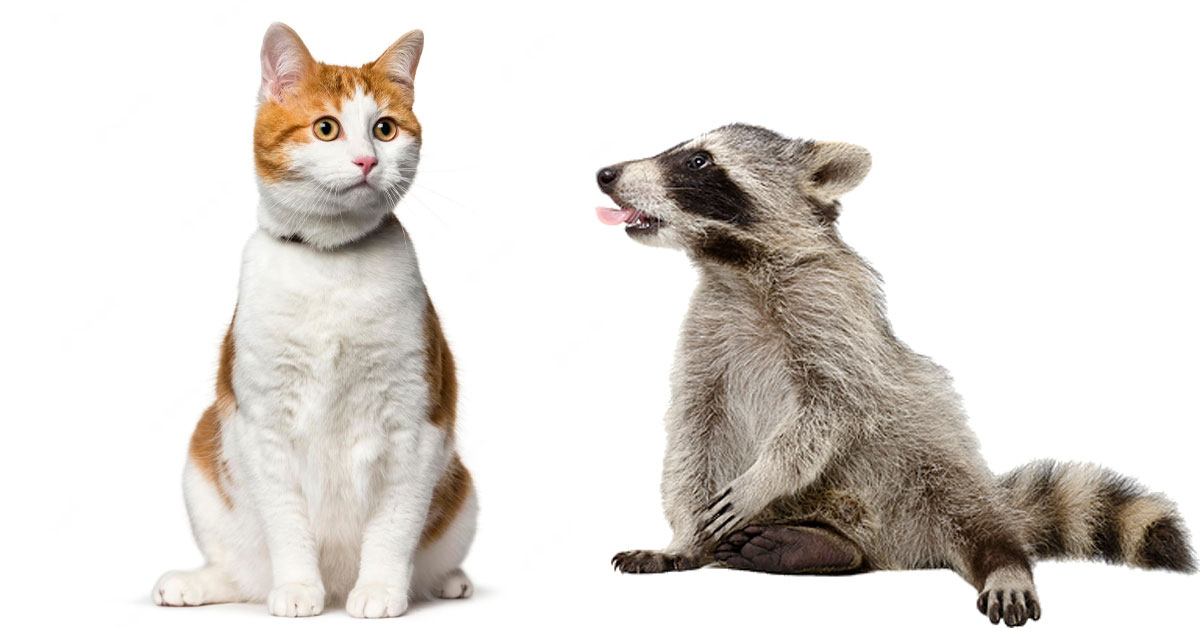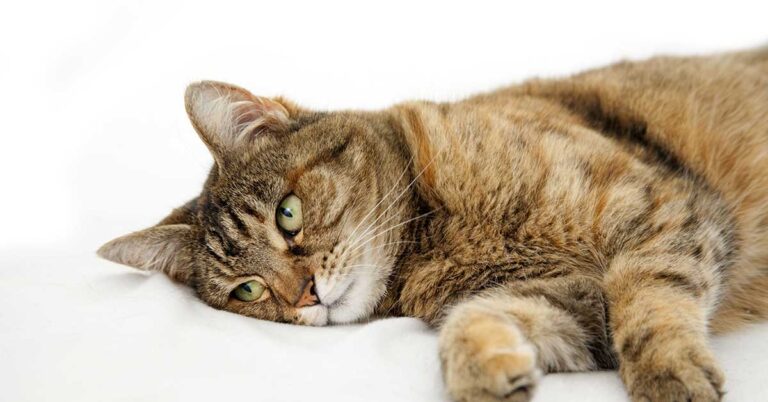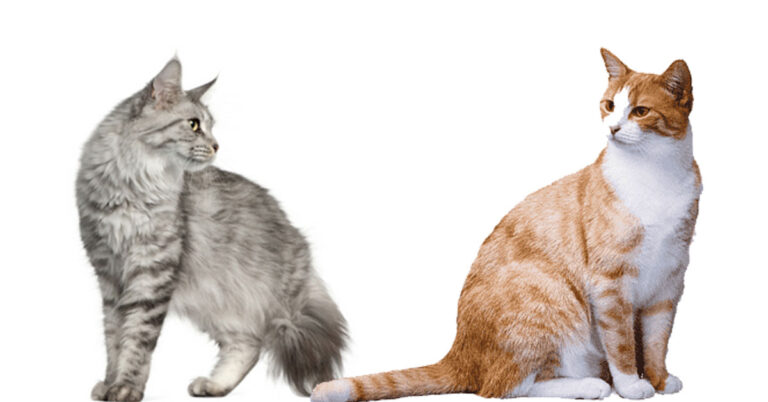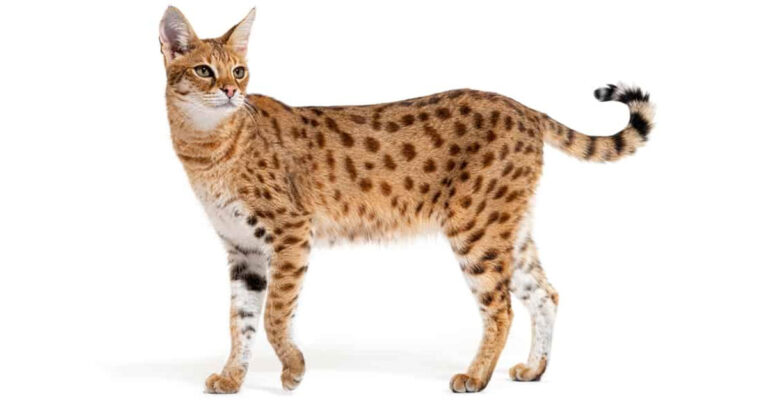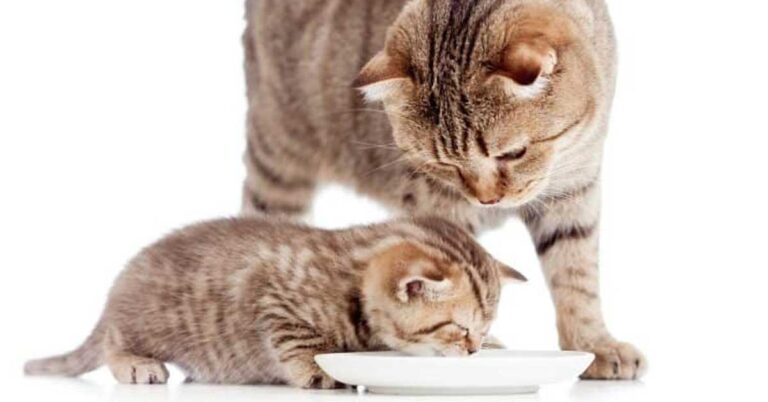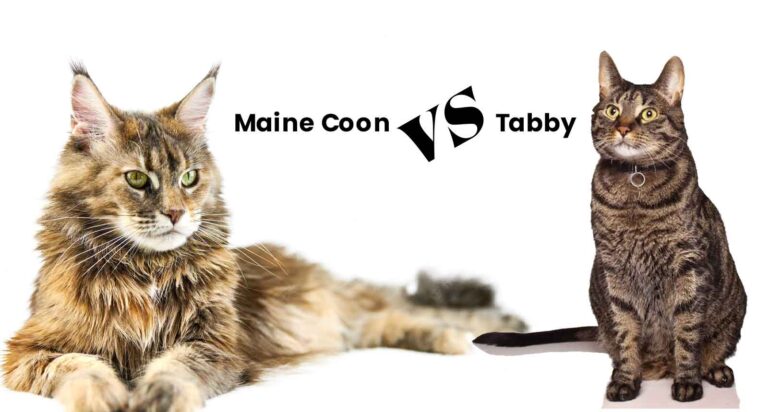Can Cats Get Distemper from Raccoons
“Can cats get distemper from raccoons?” is a question that plagues many pet owners who share their outdoor spaces with wildlife.
Distemper is a contagious and serious disease, and understanding its transmission vectors, particularly among different species, is critical to ensuring the health and safety of our feline friends.
This article aims to provide an in-depth analysis of whether or not your beloved cat can indeed contract this disease from their raccoon neighbors.
What is distemper?
Distemper is a highly contagious and life-threatening viral disease that affects the respiratory, gastrointestinal, and nervous systems of various species, including dogs, raccoons, and certain large cats in the wild.
The disease is caused by the canine distemper virus (CDV), although despite its name, it is not exclusive to canines.
Distemper is characterized by high fever, nasal discharge, coughing, lethargy, loss of appetite, and, in severe cases, seizures and paralysis.
It’s important to note that there is no known cure for distemper, and treatment typically focuses on alleviating the symptoms and preventing secondary infections. Vaccination is the best preventive measure against this disease.
Why is it dangerous for cats
Distemper poses a significant threat to cats due to its highly contagious nature and severe symptoms.
When a cat contracts distemper, its immune system is compromised, making it susceptible to a host of secondary infections.
In addition, the virus targets various body systems, including the respiratory and gastrointestinal tracts, as well as the central nervous system.
This broad range of effects can result in a range of symptoms, such as persistent coughing, fever, vomiting, diarrhea, and even neurological issues like seizures.
In severe cases, distemper can lead to death, especially in kittens and older cats with weaker immune systems.
Therefore, it’s crucial for cat owners to take preventive measures such as vaccination to protect their feline companions from this dangerous disease.
How cats can contract distemper from raccoons
Cats can potentially contract distemper from raccoons through direct or indirect contact with the saliva, urine, feces, or blood of an infected raccoon.
The disease is most commonly spread when cats come into contact with contaminated food or water, or through airborne exposure to droplets expelled by an infected raccoon’s coughing or sneezing.
Furthermore, contact with shared environments, such as shared outdoor spaces where a raccoon might have been, can also result in transmission if the area is contaminated with the virus.
It’s critical to remember, though, that while potential transmission from raccoons to domestic cats is a concern, it is not as common as transmission between dogs and raccoons.
Nevertheless, preventative measures such as keeping food and water bowls inside, and ensuring your cat’s vaccinations are up to date, are essential steps to protect against this disease.
Symptoms of distemper in cats
Cats infected with distemper often exhibit a host of symptoms that reflect the multisystemic nature of the disease. These may include:
- High fever: The body’s initial response to the distemper virus often results in an elevated body temperature.
- Loss of appetite: Infected cats may show a lack of interest in food, which can lead to weight loss and dehydration if not addressed.
- Respiratory symptoms: Severe coughing, sneezing, and nasal discharge are common respiratory symptoms of distemper.
- Gastrointestinal symptoms: Distemper often affects the gut, leading to symptoms such as vomiting and diarrhea.
- Neurological symptoms: In severe cases, the distemper virus can affect the cat’s nervous system, leading to symptoms like seizures, tremors, or even paralysis.
- Lethargy and depression: Cats with distemper often display a noticeable lack of energy and may seem unusually depressed.
- Thickened foot pads: In some cases, cats may develop hard, thickened foot pads, a condition known as ‘hard pad disease.’
Treating and preventing distemper in cats
Treatment for distemper in cats primarily involves supportive care, as there is currently no specific antiviral treatment available for this disease.
This can include:
Fluid Therapy
To prevent dehydration caused by fevers, vomiting, and diarrhea, veterinarians may administer intravenous fluids.
Nutritional Support
High-quality nutrition is necessary for cats battling distemper, as they often lose their appetite. Your vet may recommend a specific diet or provide a feeding tube if necessary.
Medication
Antibiotics may be given to prevent secondary bacterial infections. Medications to control vomiting, diarrhea, and seizures may also be necessary depending on your cat’s symptoms.
Prevention is the most effective defense against distemper. Ensure your cat’s vaccinations are up to date, as there is a vaccine that can protect against distemper.
Keep indoor environments clean and avoid letting your cat have access to outdoor areas where raccoons may be present.
Limiting contact with infected animals and promptly removing and cleaning any contaminated material are also key preventive measures.
It’s crucial to speak with your vet about the best preventive plan for your cat, considering their lifestyle and the environment they live in.
The importance of vaccinating your cat against distemper regularly
Regular vaccination against distemper is of paramount importance in safeguarding your feline companion’s health.
Vaccination works by stimulating the cat’s immune system to recognize and fight off the distemper virus, thereby reducing the risk of infection or lessening the severity of the disease if exposure occurs.
Cats typically receive their first distemper vaccine as kittens, followed by booster shots throughout their lifetime.
These boosters are crucial in maintaining the cat’s immunity, as it can wane over time. Furthermore, in light of the distemper virus’s highly contagious nature and potential severity, regular vaccination becomes not just an optional measure, but a necessary line of defense.
It is a proactive step in preserving not only your cat’s health but also the overall health of the local feline population.
Always consult with your veterinarian regarding the optimal vaccination schedule for your pet, as this can vary based on factors such as age, health status, and lifestyle.
What to do if you think your cat has been exposed to a raccoon with distemper
If you suspect your cat has been exposed to a raccoon with distemper, it is essential to act promptly.
First and foremost, avoid physical contact with the raccoon and isolate your cat from other pets to prevent potential transmission.
Clean any areas where the raccoon may have been, focusing on any places your cat frequents. Wash your hands thoroughly after cleaning and handling your cat.
Next, contact your veterinarian immediately and relay your concerns. They may advise bringing your cat in for examination and possible testing.
It’s important to remember that while distemper is serious, it’s not an immediate death sentence. With early detection and supportive care, many cats can recover.
Additionally, it’s crucial to monitor your cat for any signs of illness, such as loss of appetite, lethargy, vomiting, diarrhea, or respiratory symptoms. Promptly report any observed changes to your veterinarian.
Ultimately, the best course of action is prevention. Ensuring your cat’s vaccinations are up-to-date, and limiting their exposure to wildlife, particularly raccoons, can significantly reduce the risk of contracting distemper.
Conclusion
In conclusion, distemper is a severe and highly contagious disease that can significantly impact a cat’s health.
While treatment options are available, prevention through vaccination and limiting exposure to infected animals, particularly wildlife like raccoons, remains the best defense.
Regular vet check-ups, a keen eye for symptoms, and timely action in case of suspected exposure can ensure the health and longevity of our feline companions.
Therefore, as responsible pet owners, it’s essential that we stay proactive in safeguarding the health of our pets and the wider animal community.

